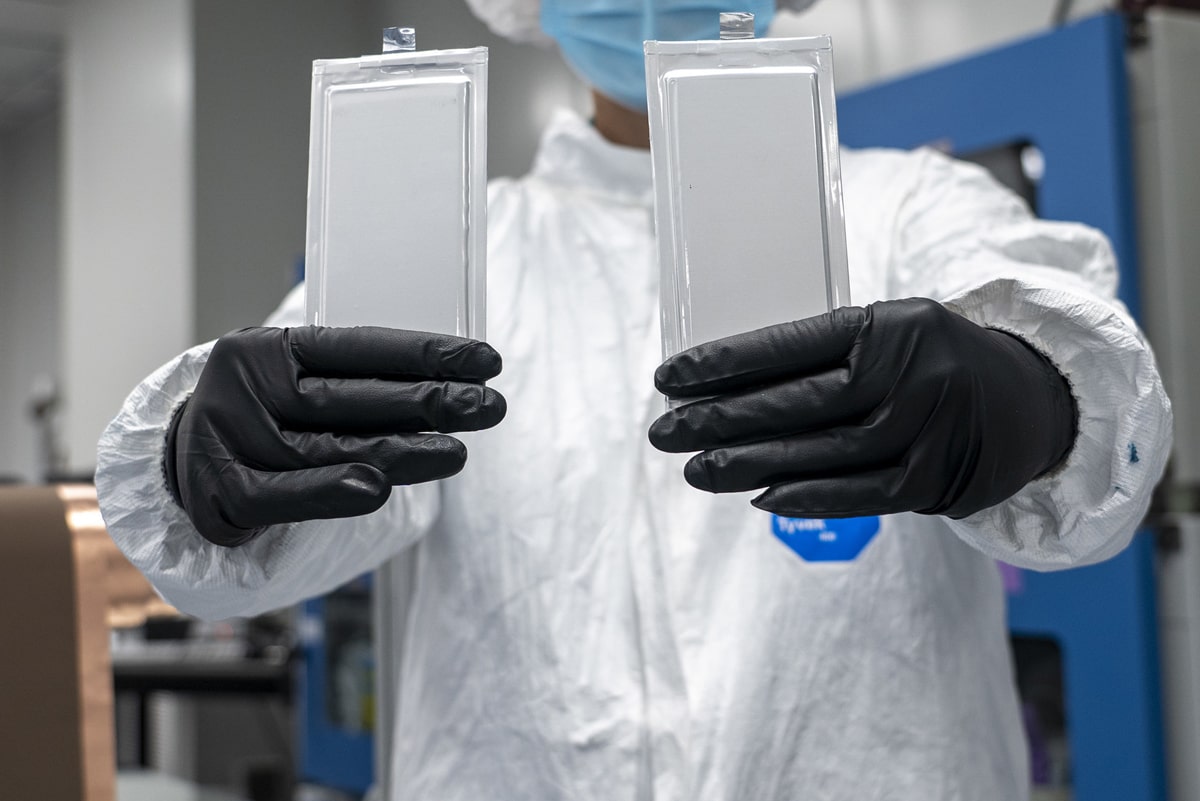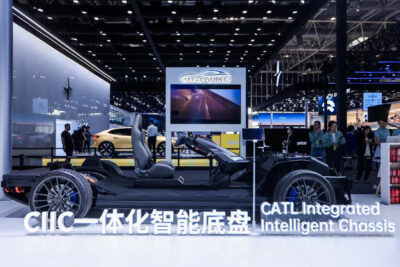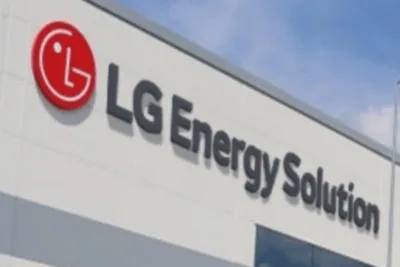
What will the vehicle battery of the future look like? An interview with Prof Markus Lienkamp, TU Munich
When the Essen-based technical training institute Haus der Technik holds its annual International Battery Conference on 9 April, the “who’s who” of the battery industry will come together in Muenster, Germany. The mood in the scientific community, however, has been rather grim since the massive cuts in Germany’s federal funding.
One person who is following this development with great concern is Prof Dr Markus Lienkamp. He is a keynote speaker in Muenster and holds the Chair of Automotive Engineering at the Technical University of Munich. As part of our media partnership with the NRW Battery Day in Muenster, we spoke to Professor Lienkamp in advance – about the consequences of reduced funding and the next generation of traction batteries.
Mr Lienkamp, there’s virtually no public funding left in Germany for research in electromobility and batteries. How do you and your colleagues feel about the sudden end?
It was a shock for all of us. Those who invested in large test facilities are especially worried about orders. It will be one to two years before the industry can compensate for some of the loss of research funding. All in all, everyone in research is very unhappy. It almost seems as if the current federal government no longer wants to fund research for the automobile as a matter of principle.
Has the global race for the best battery technologies, in which Germany was not exactly among the leaders, been lost for good?
German OEMs have in-depth expertise on which battery technology suits their application and what needs to be considered when developing a battery pack. Production expertise lies in China, Japan, and South Korea. Should the US enter into an even more extensive trade war with China, Chinese battery cells may be ruled out for exports to the US. At the moment, only Northvolt could step in from Europe. What worries me is that China can procure raw materials much more cost-effectively. On the one hand, because it is more active in Africa. On the other hand, because it can buy cheaply in Russia.
Regarding electromobility in general, the mood in Germany is also dampened. Even though the global course is clear. Does that worry you?
We are in the classic valley of tears. The costs will only really fall with upscaling and innovations. In addition, we can still expect significant technological improvements in terms of range, which is essential for consumers. I expect a real range of 500 kilometres and cost parity in the sales price in 2027. We are already at cost parity in terms of total costs, which the customer does not yet really honour, unfortunately.
How will this affect new vehicle registrations in the coming years?
Recently, there was a noticeable downward trend in Germany and China in the first quarter. I expect electric cars to account for 50 per cent of new vehicles in China and the EU by 2030. Japan, South America and the US will be significantly lower. Germany will undoubtedly remain the leader in the high-end and luxury segment.
Of course, Germany tends to be pessimistic. The sales figures for electric cars are falling now – so everyone should be happy because more combustion cars are being sold again. German OEMs are making dream profits and investing massively in electric mobility. That will pay off by 2030 at the latest.
At the battery conference, you will talk about the traction battery of the future. Which trends are the most important?
In my view, there are three. Firstly, increasing the range through numerous measures on the vehicle such as aerodynamics, tyres and drive efficiency. Secondly, the cost of batteries can be reduced through mass production and innovations. And last but not least, sodium-ion technology will replace LFP in the entry-level segment.
Currently, LFP batteries are still a major lever for reducing vehicle costs. Will this development continue?
The LFP trend will only be short-term. I see it being replaced by sodium ions. With the same or better properties, these are cheaper. That means a complete switchover by 2030, according to estimates.
Sodium-ion batteries are already being industrialised – once again – in China. Is this the solution for affordable small EVs?
Yes, in Europe, Northvolt could keep up.
Prof Lienkamp, thank you for the interview!
The interview is part of electrive’s media partnership with the International Battery Conference from 9 to 11 April in Muenster. You can watch Prof. Lienkamp’s keynote speech entitled “What will the vehicle battery of the future look like?” on 10 April from 10:55 am.






0 Comments